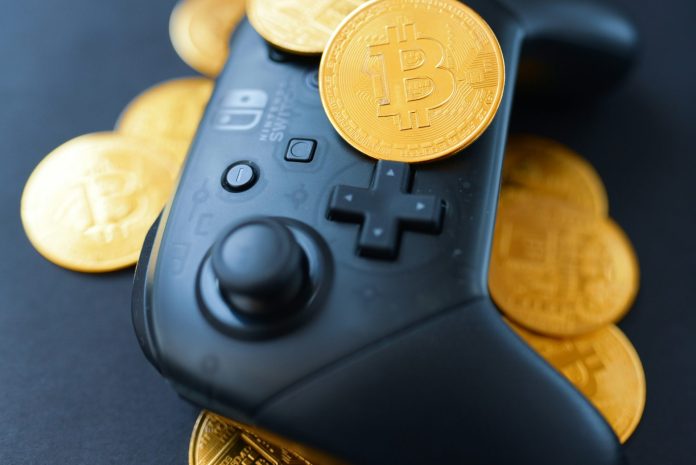GameFi has turned casual gaming into a financial ecosystem with tokenized assets, secondary marketplaces, and real money bets. People aren’t just spending money on games anymore; a lot of them own digital goods worth hundreds or even thousands of pounds. But as in-game economies grow up, they have to deal with the same tough concerns that traditional finance has been dealing with for years: what happens when things go wrong? Who takes on the risk?
As hacks, asset exploitation, and server shutdowns happen more often, not having virtual asset insurance is no longer just a mistake; it’s a risk. As authorities close in and investors want stability, blockchain could provide the tools to make digital asset insurance not only possible but also scalable.
Why In-Game Assets Need Real Protection Now
Things you buy or gain in games will not go away. Tokenized products, NFTs, and collaborative avatars are valuable. As these vibrant digital playgrounds expand at an astonishing pace, the search for a truly safe and enjoyable online space for gaming and entertainment becomes incredibly important. Knowing where to dig up the proper information on online casinos—like figuring out how to choose a $1 minimum deposit casino—can genuinely empower people to make clever financial choices. Much like the world of video games, online casinos are increasingly blurring that fascinating line between pure enjoyment and serious finance.”
This growth threatens gamers. Hacks, smart contract exploits, server shutdowns, and dishonest developers can steal virtual assets. Insurance or chargeback systems could cover these kinds of losses in traditional finance. There isn’t always a safety net in Web3 games in this situation.
Blockchain’s Role: Unchangeable Proof and Smart Claim Settlements
Blockchain has two main features that are necessary for any good insurance system: it can prove ownership and it can create contracts that automatically respond. These features have the potential to change the way virtual asset insurance works in the digital economy.
It is apparent and easy to prove who owns in-game items recorded on the blockchain. This openness makes it easier to prove what a player has and what was lost. When both ownership and asset value are clear on-chain, claims can be settled more quickly.
Smart contracts make things even more useful. They can automate the process of handling claims depending on certain situations, such as a hack that causes a loss or an update that causes an asset to disappear. This cuts down on red tape, mistakes by people, and delays in settling.
Nexus Mutual, InsurAce, and Unslashed Finance are just a few of the blockchain-based insurance protocols that are starting to look at this area. They started out by focusing on DeFi, but if risk underwriting in the sector gets better, their models could change to fit GameFi.
The Problems: Fluctuation, Valuation, and Adoption
The idea is promising, but insuring virtual assets presents significant challenges. First, the worth of in-game items can change a lot, especially if they are linked to the values of cryptocurrencies or the mood of the marketplace.
Figuring out the insurance’s worth is harder than with regular things. Second, it’s hard to make laws that apply to all games because there are so many different sorts of assets and game mechanics. Digital assets are very different from homes or cars when it comes to how rare they are, how useful they are, and who owns them.
Third, adoption is still a problem. Game developers and publishers might not want to add third-party insurance layers if they make the user experience worse or hurt their business models. On the consumer side, players may not know what the idea is or be hesitant to pay extra money in a system that is recognized for being decentralized and available to everyone.
A Link Between Institutions and Players?
If done carefully, blockchain-based insurance might help connect the institutional-grade financial services world with the more experimental GameFi economy. It brings accountability and the capacity to keep value over time to a sector that is typically accused of being risky and unstable.
Players will feel more at ease, which is good for them. Investors might feel safer putting their money into platforms that have insured ecosystems. And regulators might see the use of structured risk management systems as a sign that the industry is growing up.
We might also see insurance supplied as part of a package deal. For example, wallet providers, asset custodians, or gaming DAOs might start adding virtual asset coverage directly to their platforms, just like traditional financial apps do for travel or buying insurance.



 Bitcoin
Bitcoin  Ethereum
Ethereum  Tether
Tether  XRP
XRP  Wrapped SOL
Wrapped SOL  USDC
USDC  Lido Staked Ether
Lido Staked Ether  TRON
TRON  Cardano
Cardano  Avalanche
Avalanche  Toncoin
Toncoin